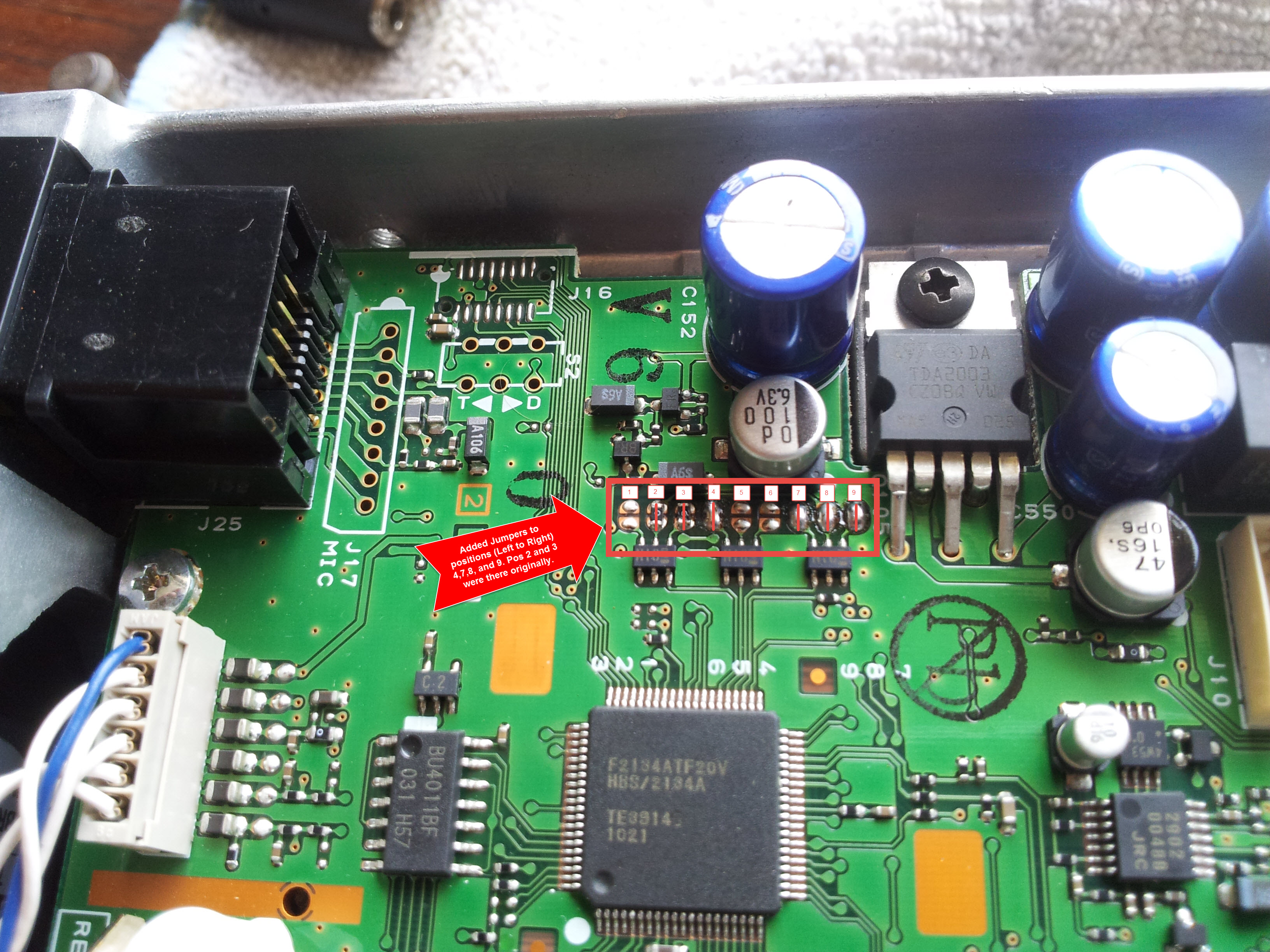

They have no moving parts, don't wear out and are quick in operation. Reverse bias it with 20v and it'll look like a couple of pF. Other PINs are optimised as switches A typical small signal one will look like an Ohm with 20mA forward current and you'll get a couple of nH stray from the package. The more DC bias current, the lower the resistance. You can get values from 0.1 Ohm to kilo Ohms.

Once you are into the variable resistance frequency band, DC forwards current will program the effective RF resistance for you. For use on the HF bands, you need a diode with a carrier lifetime of at least a few microseconds for it to be reasonably linear. The carrier lifetime is a marker sor there the bounadry between diode and variable resistor action can be found. PIN diodes have a parameter 'Carrier lifetime' which essentially says how long it keeps on conducting after you take the forwards voltage away - Yes! PIN diodes do carry current in the reverse direction, for a little while. Some are optimised for use as RF variable resistors. What makes them valuable is that the resistance value can be controlled by varying the DC forwards current through the diode.

At higher frequencies they look like a resistor. Very slow.Īt low frequencies, they act like a diode, though not a terribly good one. They are an ISS83, is there a readily available equivalent ?Ī PIN diode is a deliberately spoiled diode with a layer of undoped silicon in between the P type and N type doped parts. Unfortunately he has stopped servicing these, and the days of nipping over to see Harry Leeming are long since goneĬan anyone explain to me in simple terms how the PIN diode switching is implemented, how they can be checked (ie can they be checked in situ or do they need removing) or shall I just bulk replace them ?

Ive had a look at the rf unit diagram and one of the filter sections does cover 0.5-1.5, so Im suspecting this (however havent discounted a switching relay yet). Geoff at Castle Electronics had said that they can suffer from PIN diode problems on the RF unit, and if there is a leaky one on one of the filters it can leak signal on the other bands. Using the crystal marker as a signal generator, I have confirmed it is profoundly deaf between 0.5 and 1.5 Mhz. Ive been doing some further investigation with the 767 receiver. Evening all, hope everyones not suffering too badly with the weather and cabin fever setting in.


 0 kommentar(er)
0 kommentar(er)
